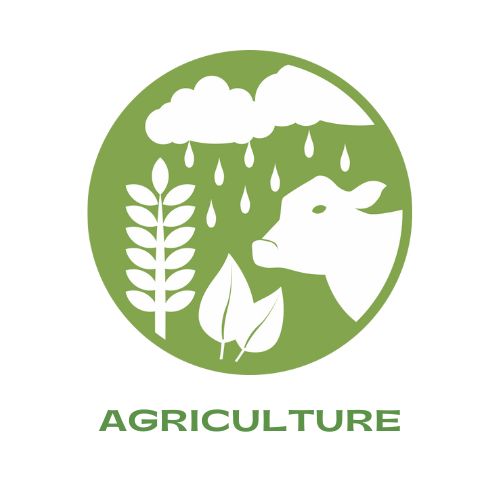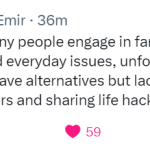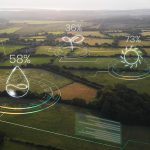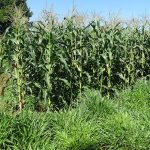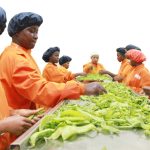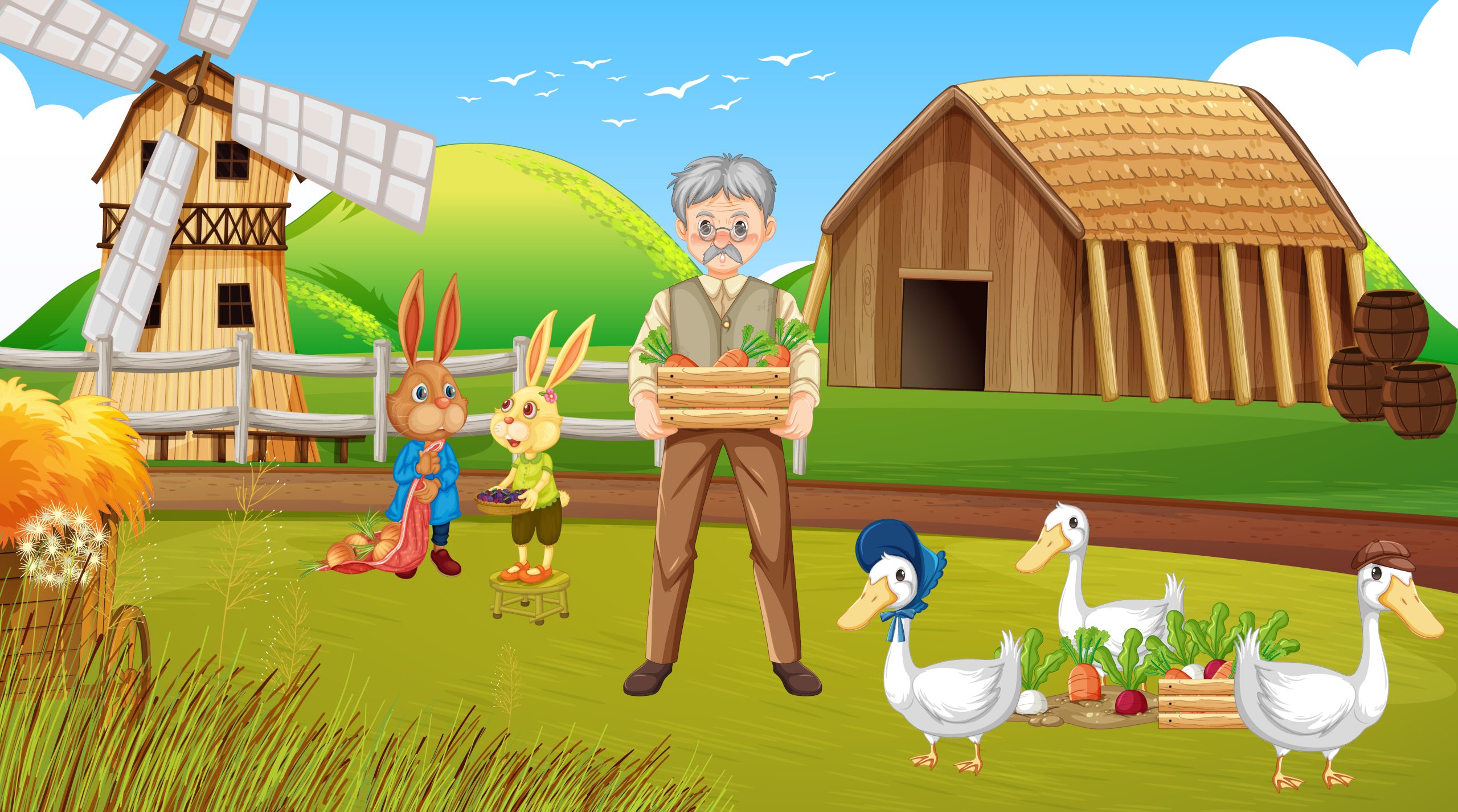Fish farming has emerged as one of the fastest growing segments within agriculture. Also known as aquaculture, fish farming involves rearing fish commercially in tanks, ponds, or other controlled environments for human consumption. With overfishing straining supplies from natural fisheries, aquaculture is critical for meeting rising global demand for fish and fish products. For many entrepreneurs and farmers, fish farming also represents an attractive business opportunity.
However, aquaculture is a complex science and requires in-depth knowledge across hatchery operations, fish husbandry, disease management, commercialization and environmental sustainability. Without this expertise, beginners can flounder. By understanding key fundamentals, new fish farmers can enhance productivity, profitability and environmental stewardship right from the start.
Common Mistakes and How Beginners Get it Wrong
Despite aquaculture’s potential, many hopeful new entrants struggle in the initial years. Some common mistakes include:
Inadequate Business Planning
Most newcomers plunge right into starting fish farming without sufficient planning or analysis of key factors like species choice, production systems, markets or profitability. A comprehensive business plan covering operational, technical and financial factors is vital for success. Lack of planning leads to avoidable failures.
Ignoring Water Quality
Many novices do not closely monitor water conditions like pH, dissolved oxygen, ammonia levels and temperature in fish ponds or tanks. However, maintaining optimal water quality is essential for fish growth and health. Substandard water can result in stunted growth or mass mortality.
Undervaluing Disease Prevention
In crowded farm conditions, fish are prone to infectious diseases that can spread rapidly. But many beginners fail to implement biosecurity measures or ignore signs of disease outbreaks. This allows pathogens to wipe out entire stocks, destroying livelihoods. Prevention through vaccines, probiotics and water treatments is critical.
Absence of Market Linkages
Without assured access to markets, production risks being wasted. However, new farmers often neglect establishing buyer linkages before stocking ponds. An oversupply glut can crash prices. Value addition through processing is also key for better profitability but ignored by many entrants.
Environmental Negligence
Improper management of effluents, antibiotics usage or fish feed can degrade water resources and damage ecosystems. However lax monitoring of environmental impact is common amongst newcomers. This jeopardizes sustainability. Following regulatory requirements is essential.
Hurdles Facing New Fish Farmers
Starting fish farming and avoiding common pitfalls is challenging for several reasons:
Limited Access to Reliable Knowledge
Unlike crops farming, specialized resources for the technical aspects of aquaculture are scarce. Government extension services rarely cover aquaculture. Beginners thus struggle to access credible information on production best practices, disease control, fish nutrition etc.
Gaps in Practical Training
While some universities offer aquaculture programs, practical training is limited. Hands-on apprenticeships are rare but vital. Lack of field experience disrupts beginners’ operations. Mentorship from experienced farmers is difficult to find but extremely valuable.
Underdeveloped Market Infrastructure
With aquaculture expanding rapidly, supply chains and market infrastructure are still evolving. Beginners may find it difficult to get stocking material, equipment, fish feed, or transport to buyers. Weak bargaining power also squeezes profits. Support systems need development.
High Capital Investment Needs
From ponds to gear to fish stock to feed, starting aquaculture requires substantial upfront capital. Obtaining financing as newcomers with no track record is often unfeasible. Many aspirants lack sufficient resources, impeding entry. Partnerships can help.
Environmental Sustainability
Adhering to responsible and eco-friendly production practices requires knowledge of issues like effluent management, maintaining biodiversity and organic certification. Beginners may lack awareness on minimizing environmental impact. This jeopardizes long-term viability.
Steps to Address Common Challenges
To overcome these hurdles, experts recommend beginners take the following measures:
Develop Robust Business Plans
Invest ample time upfront into researching your local context, running feasibility analyses for species, estimating costs, mapping distribution logistics and projecting cashflows. Seek expert input in designing your operations. Account for future expansion.
Prioritize Water Quality Monitoring
Routinely check pond water parameters like pH, nitrogen, temperature, dissolved oxygen and iron. Quickly correct any imbalances through aerators, probiotics or water changes to maintain optimal conditions. Keep precise records to spot trends.
Focus on Disease Prevention
Implement procedures like disinfecting gear, restricting access to ponds, quarantining new stock, and switching feed formulations proactively to limit disease risks. Be vigilant in detecting problems early through regular health checks and prompt lab testing when required.
Build Market Linkages
Even before stocking ponds, identify buyer segments like local fish shops, supermarkets, restaurants or processor firms and enter agreements. Offer reliable supply and fair pricing. Consider collectivizing as producer groups to access larger buyers.
Minimize Environmental Impact
Design effluent treatment ponds, use efficient feed and synbiotics, limit chemical use, and avoid monoculture to prevent ecological damage. Check your operations against sustainability certification parameters. This ensures compliance and continued access to markets.
Critical Role of Government and Industry Support
While individual fish farmers must take the initiative, aquaculture sector development involves public and private stakeholders:
- Fish farming training programs by fisheries departments help equip beginners with technical knowhow on best practices across production. Mentorships are invaluable.
- Industry associations offer workshops on key topics like disease management, marketing, and regulatory requirements. They also provide platforms for collective bargaining power.
- Environmental regulations by agencies ensure adherence to responsible farming practices through licensing protocols and monitoring mechanisms. This maintains sustainability.
- Fish seed and feed suppliers facilitate smooth operations by making quality inputs available to farmers in a timely and affordable manner through streamlined distribution.
- Research institutions develop innovative solutions to challenges like climate-resilient fish strains and efficient water treatment systems. They also analyze sectoral trends to inform policies.
- Financial institutions design suitable credit facilities through loans and insurance products tailored for aquaculture ventures. This expands access to financing.
Exciting Opportunities on the Horizon
By adopting sustainable practices and overcoming initial hurdles, fish farming offers multiple prospects:
Export Potential With global demand for fish rising, quality aquaculture products can tap into overseas markets. Export regulations build reputation. Producing niche varieties also fetches higher prices abroad.
Value Addition Avenues Rather than selling raw fish, processing into fillets, canned fish, salted dried fish, fish powder or oils creates additional revenue streams. Packaging and marketing upgrades fetch superior margins in domestic urban centres too.
Eco-Tourism Prospects Well-managed aquaculture facilities can become tourist attractions, with recreational fishing, farm tours, and fish eateries. This diversifies income beyond just sales. Such agritourism generates local employment too.
Integrated Farming Combining fish farming with other agricultural activities like poultry, horticulture or crop cultivation creates symbiotic benefits through waste utilization and reduced risks. It also provides more diverse income channels.
Norway’s Aquaculture Success Story
Norway exemplifies how proficiency in aquaculture can drive economic growth centred around sustainable practices. Through scientific research, targeted capacity building, and industry coordination, Norway has become a global leader in salmon farming. Some key factors behind Norway’s success include:
- Stringent Regulations: Environmental regulations ensuring eco-friendly farms prevent disease outbreaks and maintain pristine water bodies. Licensing protocols also enforce technical standards.
- Advanced R&D: Continued research on productive fish strains, efficient feeds and offshore farming technology guarantees competitiveness. Close academia-industry linkages enable rapid real-world application.
- Industry Integration: Coordination between input suppliers, producers, processors and exporters streamlines the value chain. Collective platforms allow sharing of knowledge and resources.
- Technology Leverage: Aquaculture management software along with monitoring sensors and automation enhances productivity and minimizes risks like mass mortality. Use of vaccines controls pathogens.
- Government Support: Subsidies, infrastructure investments, and international trade policies propel aquaculture. But regulations also align private interests with environmental needs.
Kenya’s nascent aquaculture sector can gain immensely by emulating aspects of the Norwegian model while customizing for local contexts. This can catalyze more rapid and sustainable growth. But responsible farming practices must remain central.
The Road Ahead for New Fish Farmers
Fish farming offers remunerative and satisfying careers for newcomers who approach it holistically and sustainably. Here are some key recommendations from experts for the road ahead:
- Immerse yourself in continuous learning before and during your foray into fish farming through every means available – courses, YouTube videos, research publications, apprenticeships and talking to as many successful farmers as possible. Knowledge will underpin your success.
- Make environmental sustainability and ethics the foundation of your operations rather than just chasing profits. Adopt practices like integrated multi-trophic aquaculture, minimal water usage and natural feeds. Transparency will build customer trust.
- Anticipate challenges and be proactive in your preparations whether it’s capital needs, licensing complexity or distribution logistics. Don’t underestimate the risks involved. Seek help from industry associations when required.
- Start small, learn fast, course-correct mistakes quickly and only then scale up. Small beginnings help build technical skills and business acumen whilst limiting risks. Be flexible to pivot your model based on realities.
With global fish consumption rising steadily, the future shines bright for Indian aquaculture if expansion is sustainable both ecologically and economically. If you’re considering fish farming, an attitude of lifelong learning, ethical responsibility and proactive preparations will set you up for success. This guide is a starting point, but further education, expert mentors and practical experience will be vital as you navigate the complexities inherent in cost-effective and eco-friendly fish farming. Approach this profession with patience and dedication, and its rewards are likely to meet, or even exceed, your aspirations. The time is right to take the plunge into fish farming – but enter the waters prepared!
#FishFarming #Aquaculture #SustainableAgriculture #BusinessPlanning #EnvironmentalStewardship
About The Author
Mr. Orieda Jared, Head of Programs at Kenya Aquaculture Association
Mr. Orieda is an aquatic scientist and leads the farmer programs at Kenya’s premier aquaculture association. He has spent over 15 years working closely with fish farmers across Kenya to develop sustainable aquaculture practices and solutions tailored to local contexts. Jared continues to advocate effective policies and initiatives to support aspiring fish farmers.

